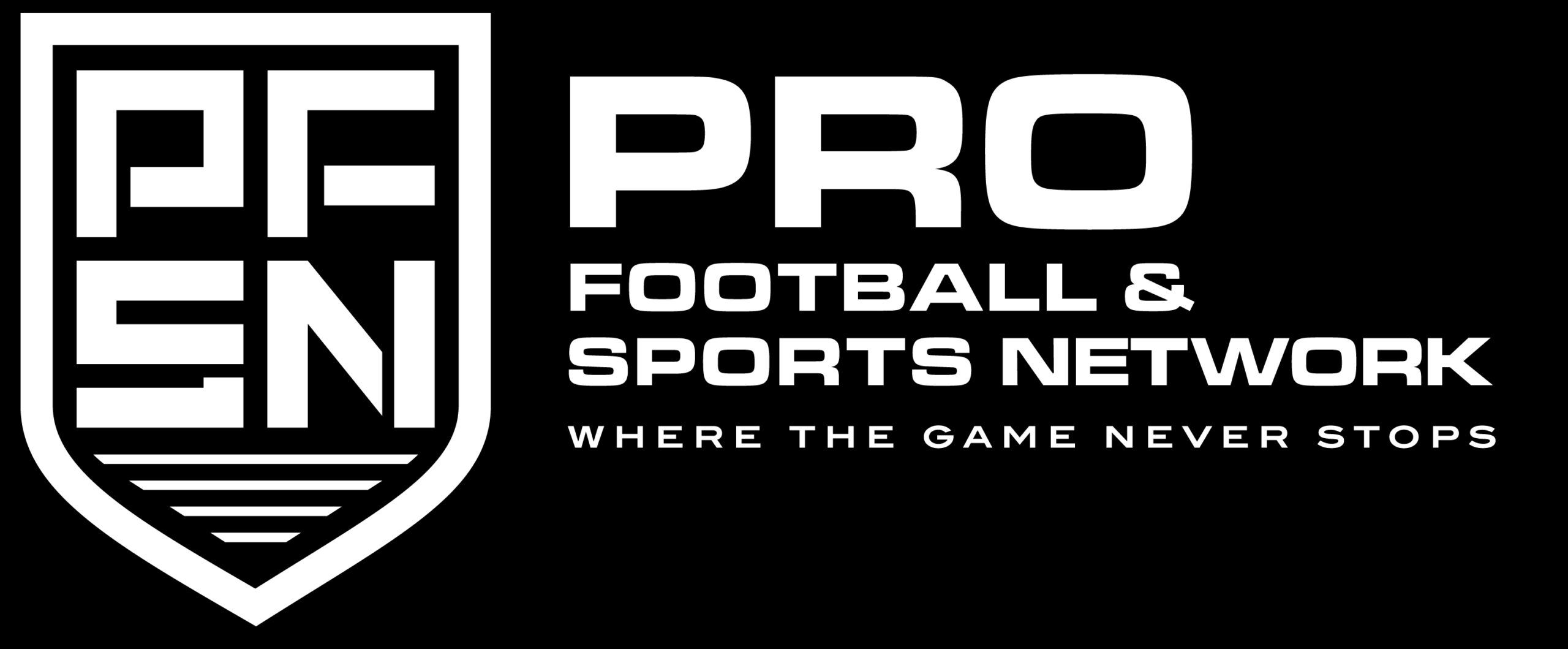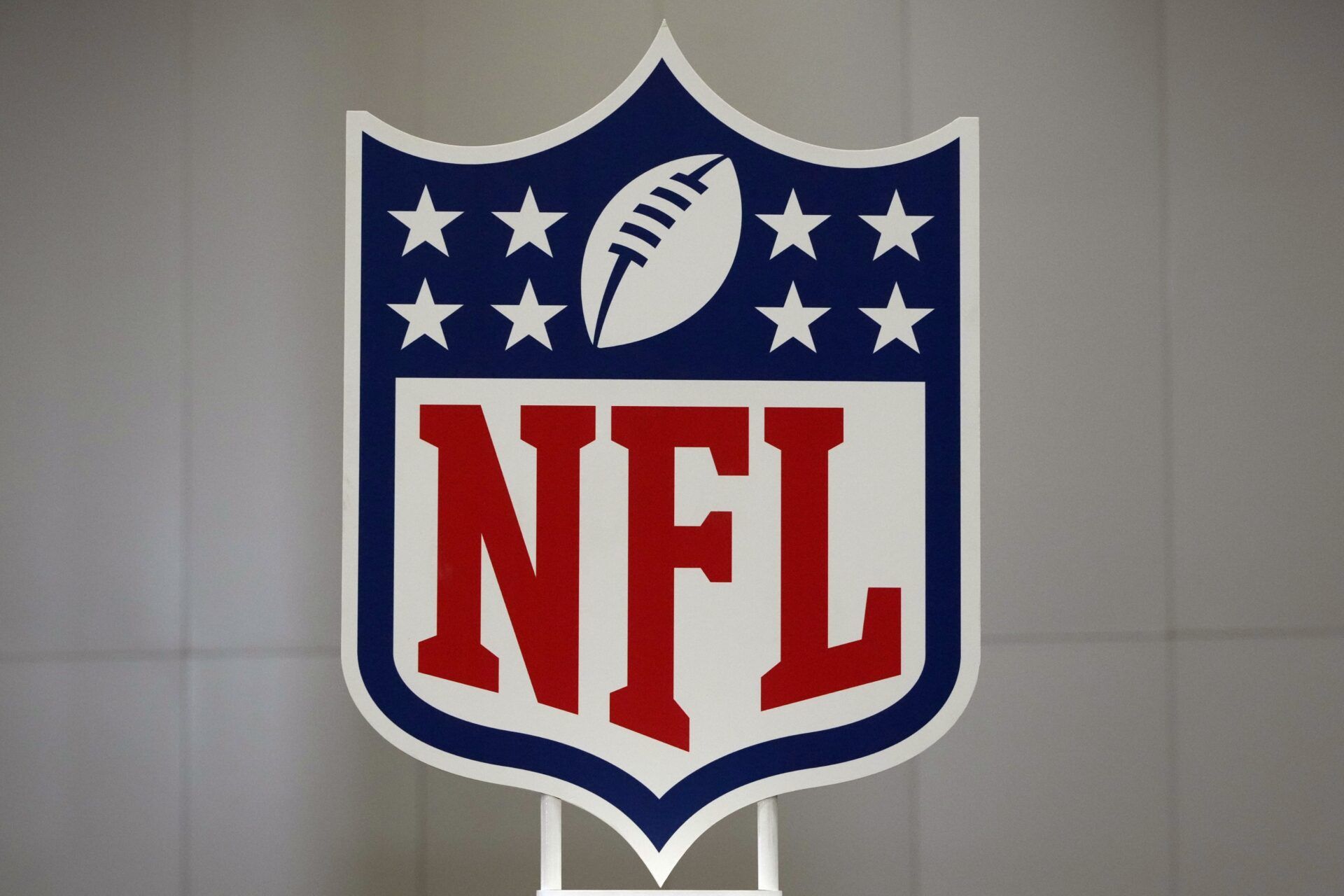The 2025 NFL offseason has arrived. With free agency right around the corner, teams must determine if any of their pending free agents are worthy of the franchise tag.
How does the franchise tag work? When is the tag deadline in 2025, and how much can each position group earn on the franchise tender? Let’s delve in.

What Is the NFL Franchise Tag?
The franchise tag is a tool that NFL teams can use to ensure they retain a free agent.
Teams do not have to use the franchise tag, and they are only allowed to designate one player with the franchise tag per season. Franchise tags are fully guaranteed. As soon as the player signs the tender, his one-year salary cannot be rescinded, even if he’s traded.
Teams must also decide whether to utilize the franchise or transition tag, which serves a similar purpose. The transition tag is also a one-year fully guaranteed contract but at a lower salary than the franchise tag. The value is set by the NFL CBA and varies based on the player’s position.
Players who get the transition tag can negotiate with other teams. If they agree to a contract with a new team, their original team has the right of first refusal. If the original team does not match, then the player is free to leave, and no compensation is owed.
Teams can only use a maximum of one franchise or transition tag per season.
How Does the NFL Franchise Tag Work?
By deploying the franchise tag, teams buy themselves an extra year of service time from whichever player they choose as their franchise player. The franchise tender is often used when a club cannot finalize a long-term contract extension with a player it hopes to retain.
Once a team applies the franchise tag, that player is under contract for one more season. As soon as the player signs the franchise tag contract, the salary attributed to the tag is guaranteed and cannot be rescinded unless a long-term contract is agreed upon.
However, the player does not have to sign the franchise tag, but it does not mean they can negotiate with other teams.
Once a franchise tag has been applied, a team has until a deadline in the middle of July to negotiate a long-term deal. Once that deadline has passed, no further negotiations can take place until the following offseason.
Teams can franchise tag a player three times, but the cost increases exponentially on each occasion. A first franchise tag is applied at the greater of either the value set within the NFL Collective Bargaining Agreement (CBA) or 120% of the player’s previous year’s salary. A second tag has a value of at least 120% of the first tag. A third franchise tag would be valued at 144% of the second tag. The initial cost of the franchise tag is based on the player’s position.
Once a team applies a tag, it has a few months to work out an extension with the tagged player. After the franchise tag extension deadline, teams and players must pause negotiations until the following offseason. This year, that deadline is July 15 at 4 p.m. ET.
What Is the Difference Between an Exclusive and Non-Exclusive Franchise Tag?
The most common type of franchise tag is the non-exclusive version. With this iteration of the franchise tender, the player can still negotiate with other teams following the application of the tag.
If a rival club offers a franchised player a contract, the player’s initial team will have the right to refuse to match the offer. If the incumbent squad declines to match the offer sheet, the team proposing the new contract must send two first-round picks in return for signing the player.
The benefit of applying the non-exclusive franchise tag is that it comes at a slightly lower cost than the exclusive tag. The cost of the non-exclusive tag is calculated by averaging the top five cap hits at the position for the previous five years. That figure is then proportionally adjusted for the upcoming season’s salary cap.
Meanwhile, the cost of the exclusive franchise tag is not fully known when it is applied. Following that year’s free agency, the price of the exclusive franchise tag is calculated as the average of the top five cap numbers at the position when free agency is over. The value is usually finalized in mid-April.
There are times when the two calculations above are not used. If the calculated franchise tag value is lower than 120% of the player’s previous year’s salary, then the 120% number is used instead.
Can a Player Refuse the NFL Franchise Tag?
Officially, players cannot refuse the NFL franchise tag. While players can make waves and try to force their way out after being tagged, they cannot simply turn down the tag and head to free agency.
Some players stage a dramatic holdout after being franchise-tagged. Perhaps the most notable example is former Pittsburgh Steelers running back Le’Veon Bell, who sat out an entire season and did not earn a salary after Pittsburgh used the franchise tag on him for a second consecutive season in 2018. After sitting out, he signed a four-year, $52.5 million deal with the New York Jets the following offseason.
In 2022, then-Green Bay Packers wide receiver Davante Adams threatened to hold out after being assigned the tag. Green Bay eventually traded Adams to the Las Vegas Raiders, who sacrificed first- and second-round picks before signing Adams to a five-year, $140 million extension.
How Many Times Can NFL Teams Tag a Player?
An NFL player can theoretically be franchise-tagged three times. But no player has ever been assigned three tags, likely because the cost is too steep.
A second franchise tag entitles a player to a 20% increase over their previous year’s salary cap cap charge. The exception would be if the salary cap value for the position increased by more than 20%, in which case, the higher value would be taken.
MORE: Simulate the Offseason With PFSN’s NFL Offseason Manager
A third tag would see the price rise even higher, as the player would be due a 44% raise over their former salary.
It’s important to note that a player can only be tagged three times total, not by one team. In 2012, Drew Brees, who had been tagged once each by the San Diego Chargers and New Orleans Saints, won a grievance that ruled his next franchise tender would count as his third. However, Brees was never tagged again.
2025 NFL Franchise Tag Deadline and Values
The deadline to apply the franchise tag is 4 p.m. ET on March 4. The window opened on Feb. 18 and runs through the next 15 days.
NFL teams have reportedly been budgeting for a salary cap between $265 million and $275 million. The official salary cap number will be announced in late February.
Here are the projected franchise tag values for this season:
- QB: $41.3 million non-exclusive; $35.3 million transition
- RB: $12 million non-exclusive; $9.8 million transition
- WR: $25.7 million non-exclusive; $22.5 million transition
- TE: $14.2 million non-exclusive; $12.1 million transition
- OL: $25.2 million non-exclusive; $22.7 million transition
- DE: $24.7 million non-exclusive; $20.8 million transition
- DT: $23.5 million non-exclusive; $18.9 million transition
- LB: $27.1 million non-exclusive; $22.6 million transition
- CB: $20.4 million non-exclusive; $17.2 million transition
- S: $19.6 million non-exclusive; $15.6 million transition
- K/P: $6.5 million non-exclusive; $5.8 million transition

